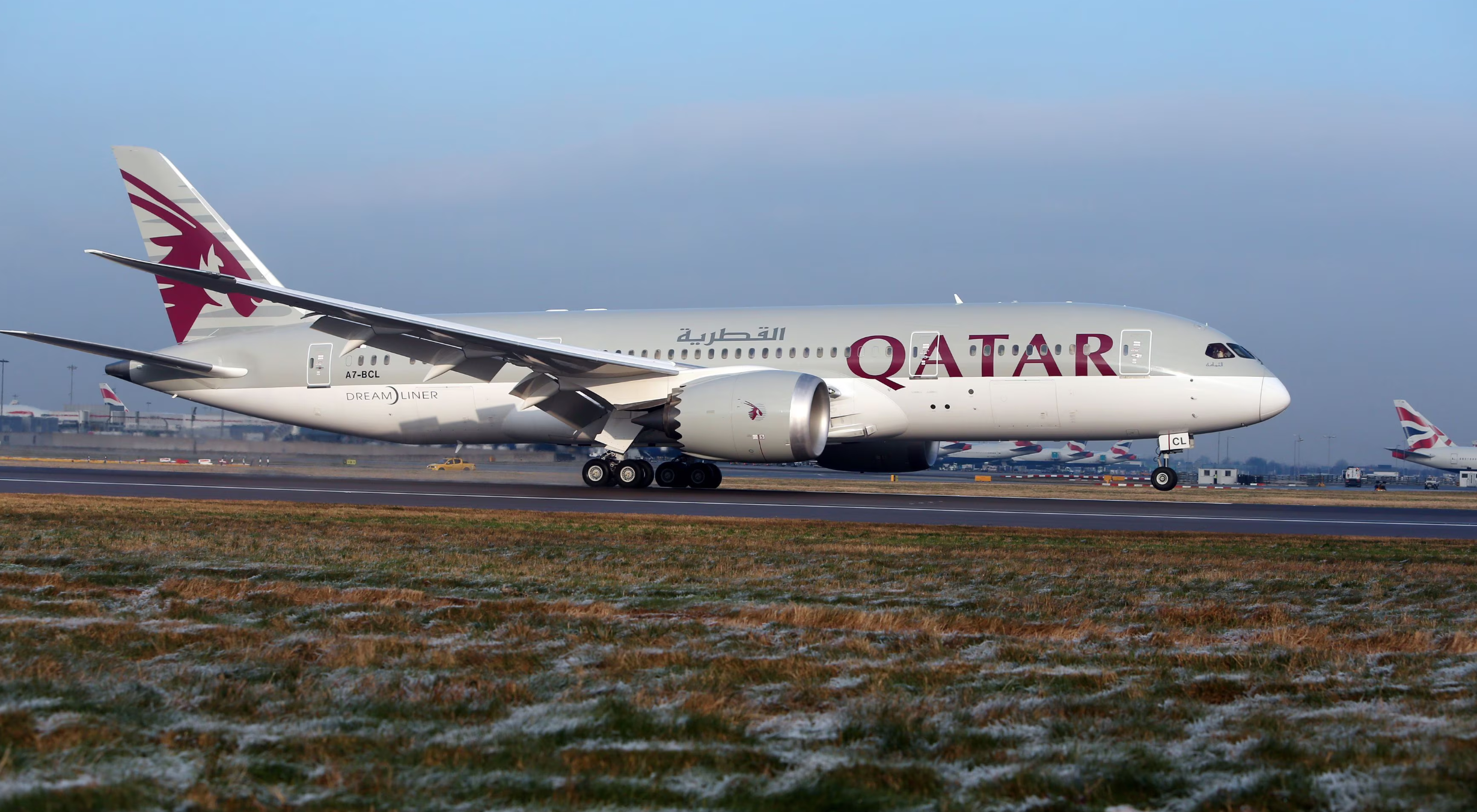A sweeping airspace shutdown across Qatar, UAE, Saudi Arabia, Jordan, and others has triggered travel chaos across global routes. Airlines, passengers, and tourism operators are scrambling as flights get rerouted or cancelled without warning.

A sudden wave of airspace closures across the Middle East has brought global travel into a new state of disruption. As of June 23, 2025, countries including Qatar, the United Arab Emirates, Saudi Arabia, Bahrain, Kuwait, Lebanon, and Jordan have imposed airspace restrictions in response to growing regional tensions. This coordinated move has grounded flights, stranded passengers, and raised deep concerns across the aviation and tourism industries.
Qatar was one of the first to announce the shutdown, followed quickly by neighboring Gulf countries. The closures were attributed to escalating regional developments and security threats, though specific details remain limited. The skies over the Gulf region, often busy with hundreds of daily international flights, are now eerily quiet. Passengers at Doha’s Hamad International Airport, Dubai International, and other major hubs are facing unexpected delays and cancellations. With peak summer travel season underway, the ripple effects are multiplying fast.
This is not a simple rerouting issue. Qatar’s geographic location is central to several major international flight paths that connect Asia, Europe, and Africa. Airlines that rely on this corridor are now being forced to divert aircraft across longer, more expensive routes. The additional fuel costs, logistical complexities, and schedule disruptions are mounting rapidly. For carriers like Qatar Airways, which uses Doha as a central hub, the impact has been especially severe. Flights have been suspended, passengers are being rebooked, and operations are being adjusted hour by hour.
The tourism fallout is already visible. Gulf countries were expecting a major surge in tourist arrivals this month. In destinations like Dubai and Doha, hotels had high occupancy rates, tour operators had full itineraries, and airports were gearing up for heavy traffic. All those plans are now being rewritten. Hotel cancellations are rising. Travel agencies are dealing with confused customers and refund requests. Cruise liners and regional tour operators are rethinking routes or postponing packages entirely.
Beyond the Gulf, countries like Israel and Iran have also imposed tight flight restrictions. Israel has gone so far as to shut its airspace completely in response to increased regional threats. Flights headed for Tel Aviv are being diverted to Cyprus and other secondary landing zones. The result is total travel chaos for those trying to reach or transit through the region. Stranded passengers are turning to social media for answers, many sleeping in terminals or spending large sums on emergency bookings.
Airlines across the world are now on high alert. European carriers such as Lufthansa, British Airways, and Air France have canceled or diverted routes that normally pass through the Middle East. American airlines are doing the same, with several halting services to Doha, Dubai, and Riyadh. Regional carriers, especially budget airlines like SalamAir and IndiGo, are also being hit hard. These carriers often operate thinner profit margins, and rerouting aircraft over longer distances can lead to financial strain.

Aviation authorities are trying to manage the fallout, but the pace of change has been overwhelming. Air traffic controllers in cities like Muscat, Abu Dhabi, and Jeddah are now handling increased traffic loads as planes avoid Qatari and Iranian airspace. The resulting congestion is causing delays, missed connections, and further confusion. Meanwhile, tourism boards in countries like Saudi Arabia and the UAE are working on crisis strategies to limit long term damage to their brand as travel destinations.
The psychological effect on travelers is also a major concern. Safety fears are rising. With so many countries shutting down their airspace simultaneously, travelers are starting to question the reliability of planning trips through the Gulf region at all. Some are changing routes to avoid stopovers in the Middle East altogether. Others are cancelling summer plans entirely. The combination of unpredictability, rising costs, and perceived danger is enough to shift travel preferences across demographics and destinations.

The longer these closures remain in effect, the greater the damage will be. Airlines will need time to recover from fuel losses, scheduling gaps, and trust issues with customers. Tourism dependent businesses in the region may face significant revenue losses. And most importantly, travelers themselves are left dealing with uncertainty at a time when global movement had just begun to stabilise post pandemic.
For now, all eyes remain on diplomatic talks and aviation regulators. If the situation escalates further, we may see extended lockdowns, insurance policy changes, and more countries joining the airspace restrictions. As the skies over the Middle East remain in flux, one thing is certain: the global travel map is being redrawn in real time.
Follow Travel Moves on Instagram and Facebook for urgent travel updates, destination safety insights, and airline news from around the world.








